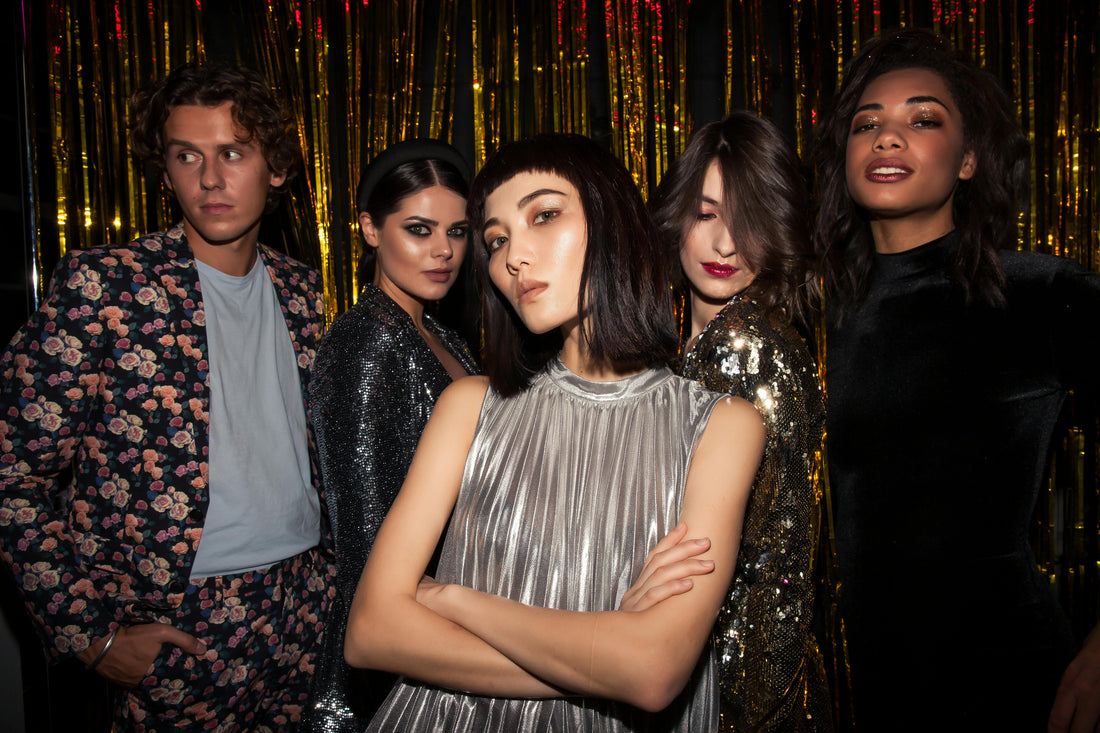
The Velvet Rope: Where Mystery, Status, and Desire Collide
Share
There’s something about the velvet rope that instantly sparks a reaction—an electric mix of curiosity, desire, and maybe just a hint of envy. It’s not just a literal barrier; it’s a symbol. Draped in rich red or midnight black, that slim cord represents the line between exclusivity and the ordinary.
We’ve seen it outside of nightclubs, VIP lounges, runway shows, and high-society events. It stands there silently, but speaks volumes: You may not enter—unless you belong.
What makes the velvet rope so powerful is the mystique it creates. We don’t just wonder what’s happening on the other side—we imagine it’s better, more glamorous, more alive. It plays into the human craving for access and inclusion. We want the curated experience. The low hum of bass-heavy music from behind the rope sounds sweeter. The laughter seems more genuine. The outfits glimmer just a little more. Whether or not any of it is true almost doesn’t matter. It’s the illusion that draws us in.
For fashion lovers, the velvet rope is as much a part of the look as the outfit itself. It’s the moment you step out in something daring, polished, or utterly original, hoping—no, expecting—that your style alone will be your key. The velvet rope challenges you to rise to the occasion. It invites performance. And when it parts for you? That moment is pure affirmation. It says, You’re not just in line—you’re in. It’s less about the party and more about being recognized.
Yet, part of the rope’s power is in denial. For every person who gets waved in, another is told to wait, or worse—walk away. And therein lies the quiet tension: the velvet rope is beautiful, but it also excludes. It feeds status and hierarchy, often shaped by unspoken rules—beauty, fame, money, clout. And still, people keep trying. Because on the other side is not just access, but the idea that you’ve made it, that you’re part of something rare.
The velvet rope continues to seduce because it’s more than fabric and chrome—it’s a cultural symbol. It represents the modern fairytale threshold: the chance to step out of your everyday life and into something
enter—unless you belong.
What makes the velvet rope so powerful is the mystique it creates. We don’t just wonder what’s happening on the other side—we imagine it’s better, more glamorous, more alive. It plays into the human craving for access and inclusion. We want the curated experience. The low hum of bass-heavy music from behind the rope sounds sweeter. The laughter seems more genuine. The outfits glimmer just a little more. Whether or not any of it is true almost doesn’t matter. It’s the illusion that draws us in.
For fashion lovers, the velvet rope is as much a part of the look as the outfit itself. It’s the moment you step out in something daring, polished, or utterly original, hoping—no, expecting—that your style alone will be your key. The velvet rope challenges you to rise to the occasion. It invites performance. And when it parts for you? That moment is pure affirmation. It says, You’re not just in line—you’re in. It’s less about the party and more about being recognized.
Yet, part of the rope’s power is in denial. For every person who gets waved in, another is told to wait, or worse—walk away. And therein lies the quiet tension: the velvet rope is beautiful, but it also excludes. It feeds status and hierarchy, often shaped by unspoken rules—beauty, fame, money, clout. And still, people keep trying. Because on the other side is not just access, but the idea that you’ve made it, that you’re part of something rare.
The velvet rope continues to seduce because it’s more than fabric and chrome—it’s a cultural symbol. It represents the modern fairytale threshold: the chance to step out of your everyday life and into something extraordinary. And for those brief seconds when it swings open just for you, the world feels different. Bigger. Brighter. That feeling, fleeting as it may be, is what keeps us yearning, dressing up, and chasing the promise behind the rope.
By RHV